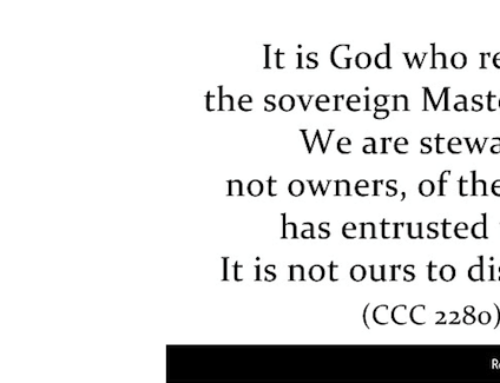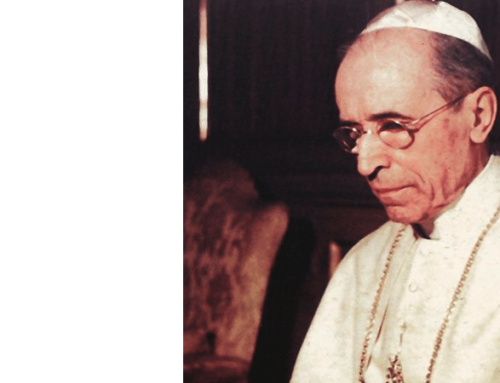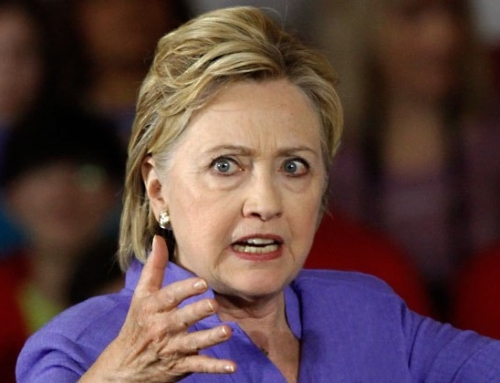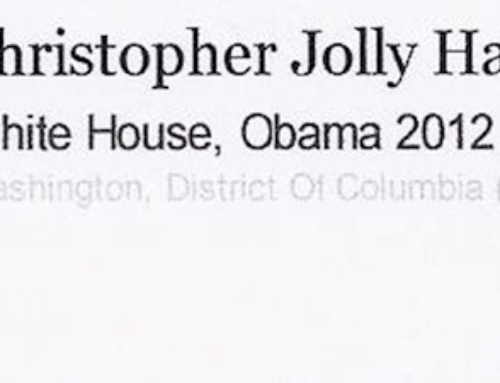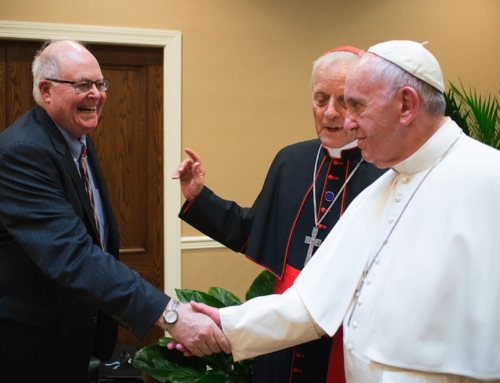by Eugene J. Fisher
(Catalyst 4/2006)
Patrick J. Gallo, editor, Pius XII, the Holocaust and the Revisionists: Essays. Jefferson, NC: McFarland & Co, 2006. 218 pages. PB. NP.
Sister Margherita Marchione, Crusade of Charity: Pius XII and POW’s(1939-1945). New York: Paulist Press, 2006. 284 pages.
Ronald J. Rychlak, Righteous Gentiles: How Pius XII and the Catholic Church saved Half a Million Jews from the Nazis. Dallas: Spence Publishing Co., 2005. 378 pages.
These three books, together with David G. Dalin’s The Myth of Hitler’s Pope: How Pope Pius XII Rescued Jews from the Nazis (reviewed in the September 2005 issue of Catalyst), absolutely decimate the attacks on the reputation of Pope Pius XII made in the spate of books by James Carroll, John Cornwell, Daniel Goldhagen, David Kertzer, Michael Phayer, Gary Wills and Susan Zucotti. They meticulously re-examine the charges against Pius, charges which sadly have become deeply embedded in the very grain of our culture.
David Dalin is a rabbi, while Ronald Rychlak, Margherita Marchione, and Patrick Gallo are Catholic. This is of some significance since much has been made of the fact that the anti-Pius attackers are either Jews (Kertzer, Goldhagen, Zucotti) or Catholics. Protestants, in the main, have stayed out of the papal fray, having their own ambiguous history during the Holocaust with which to deal. The motivation of Jewish critics of the pope is complex. Historian Yosef Haim Yerushalmi put his finger on the nub of it in his response to Rosemary Radford Reuther in a 1974 conference when he noted that over the centuries when the Jews were in extremis they could look to the papacy for relief from attacks by secular powers, and usually received it. Thus, the inability of the Holy See to influence Nazism’s genocide in the 20th century was profoundly shocking to Jews. Yerushalmi, however, goes on to note the relative weakness of the papacy in modern times in secular affairs, and to distinguish between medieval Christian anti-Jewishness and modern, racial, genocidal anti-Semitism, though noting, as have Pope John Paul II and then-Cardinal Joseph Ratzinger, that the former was, in Yerushalmi’s words, a “necessary cause” for explaining the latter, though not a “sufficient cause,” being only one of a number of factors involved.
The motivation of Catholic critics of Pius is perhaps more subtle, though here again Yerushalmi shed light on it in 1974. While he acknowledges Reuther’s “sincere and profound involvement in the fate of the Jews,” he worries that for her it appears to be “part of a larger problem—that of the church itself,” in which “she places the dawn of a new attitude toward the Jews within the context of an obvious hope for a total regeneration of the church.” He goes on to note that “historically, reformist movements within the church have often been accompanied by an even more virulent anti-Semitism,” citing the Cluniac reform, Martin Luther (who advocated the destruction of synagogues and the expulsion of Jews) and Calvin’s Geneva, where Jews were forbidden to reside, though maintaining a legal right of residence and freedom to worship in Rome. The defenders of Pius, I believe, are quite accurate in noting similarly that for the authors of the anti-Pius books, the critique of the Church of the 1940’s is in fact a part of a larger, contemporary reformist agenda, which raises quite legitimate questions about their academic objectivity. Indeed, in the case of Reuther, the fact that she had used Jewish suffering to further her own agenda became patently clear only a few years later when she published a book rejecting the very existence of the Jewish state and declaring the Palestinians to be the true “Jews” of the time, thus placing Israel and real Jews into the category of “Nazis.”
The books reviewed here are for obvious reasons reactive in nature. As Joseph Bottum notes in the epilogue to the Gallo volume, we still await “a non-reactive account of Pius’ life and times, a book driven not by a reviewer’s instinct to answer charges but by the biographer’s impulse to tell an accurate story.” He adds, I believe wisely, that “before that can be done well, the archives of Pius XII’s pontificate will probably have to be fully catalogued and opened.”
Rychlak’s book, in a sense, comes closest to that goal, narrating Pius’ life within the context of his times. His estimate that the Church, through its nunciatures (which handed out false baptismal certificates by the tens of thousands to members of “the family of Jesus”) and through its monasteries and convents, rectories and other institutions saved some 500,000 Jews, is actually on the moderate side, with estimates ranging up to 800,000. Dalin, the rabbi, and Marchione agree with Rychlak that Pius in fact meets the criteria for a “Righteous Gentile” as defined by Yad va Shem, Jerusalem’s Holocaust museum, which Pope John Paul II visited so reverently and penitentially during his pilgrimage there in the Millennium Year. Gallo’s book is composed of essays, half of which were written by himself, half by such internationally prominent scholars as Matteo Napolitano of Italy and Juno Levai of Hungary. Half of the essays are new for this book, half published in journals before inclusion here. Readers will be treated to the trenchant wit of Justus George Lawler and the inexorable marshalling of evidence of Ronald Rychlak. George Sim Johnson takes on the myths surrounding Pius XI’s “hidden encyclical,” which like a Brooklyn egg cream was in fact neither “hidden” nor an “enclyclical” (since never promulgated, it remained simply a draft). Bottum himself in his essays fills in the gaps, such as the Ardeatine Massacre, and, as noted, comments incisively on the controversy as a whole.
Each volume, in its own way, attempts as well to explain why the attacks on Pius’ reputation were made. Dalin, not without reason, calls it a phenomenon of the culture wars of our time, in which the “left wing,” secular media latched on to the discrediting of Pius as part of its not-so-subtle attempt to discredit not just Catholicism, but religious faith in general. Gallo notes the continuity between the current charges against Pius and those made by the Soviet Union in its Cold War propaganda against the West, again with Pius as a symbolic target for a larger agenda. It is true that the current attackers have come from what would be called “the Left” and the defenders from “the Right.” It may be that to adjudicate this issue, like those surrounding Pius himself as Bottum indicates, we will have to await a time when all the documentation is out and the war itself a bit more distant in time and emotions.
Dalin and Rychlak are both critical of the work of the International Catholic-Jewish Historical Commission, launched with great hope by the Holy See and the International Jewish Committee for Interreligious Consultations in December 1999, which I was asked by Cardinal Edward Idris Cassidy, then President of the Pontifical Commission of Religious Relations with the Jews, to coordinate on the Catholic side. I would like to state that Professor Michael Marrus, on the Jewish side, and all three Catholic scholars acted with integrity and professionalism throughout what turned out to be for us all a grueling ordeal.
I believe those who read the actual statement of the group will come away with a more positive view of what the group accomplished than its critics present. The statement praises the objectivity and thoroughness of theActes et Documents du Satin-Seige relatifs a la Seconde Guerre Mondiale, a 12 volume set of documents put together by four Jesuit scholars from the massive materials in the Holy See’s “Secret Archives” for the period of WWII. The statement also praises the four papers produced by the group analyzing particular volumes, and the group’s correspondence with its sponsors.
Marchione’s Crusade of Charity is drawn largely from documents contained in Actes et Documents. It is her fourth book, all published by Paulist Press, on Pius XII. Whereas the first three were reactions to Pius’ critics in general, this one centers on the massive efforts made by the Holy See during the Second World War to respond to enquiries about Prisoners of War, and family members in general, including Jewish family members who were among the missing. It shows a Holy See deeply involved in what was at the time among the most humanitarian of missions: helping people, whether Catholics, Jews or Protestants, to discover the fate of their loved ones. Page after page is touched with moving testimony to love at its most basic, and to the huge efforts of the relatively small and understaffed Vatican to cope with the thousands of requests coming to it in the midst of a world gone insane. Whatever one thinks of the Pius Wars, this is a book to read. It is a book which gives us models to emulate in one’s own life.
Underlying the specific issue of Pope Pius, of course, is the deeper issue of the relationship between traditional Christian teaching on Jews and Judaism and the mindset not only of the perpetrators but also of the bystanders of Europe during the Holocaust. For whatever the ultimate, and hopefully dispassionate historical judgment of the actions of one pope, we Catholics, as Pope John Paul II reminded us time and again, must come to grips with that history, repent its sins, and do what needs to be done to ensure that it will never happen again. A proper framing of this deeper issue can be found in Catholic Teaching on the Shoah: Implementing the Holy See’s “We Remember” (USCCB Committee for Ecumenical and Interreligious Relations, 2001).
Eugene J. Fisher is the Associate Director of the Secretariat for Ecumenical and Interreligious Affairs, U.S. Conference of Catholic Bishops, Washington, DC.
(This is a revised and greatly expanded version of a review that first appeared in Catholic News Service.)


